There are a number of things that help us stand out here at Little Sesame – we use 100% organic chickpeas, we “spin” our hummus, we’re founded by chefs… but one of the traits we’re most proud of is our partnership with Casey Bailey, a regenerative farmer based out of Montana.
But, what does “regenerative” actually mean? Well, Regenerative agriculture focuses on maintaining and restoring the health of our planet’s biodiverse ecosystems. Typically, conventional practices rely on monocropping and excessive tilling to standardize year-to-year yield. In the short term, this can easily appear as the strongest option, but this depletes the soil over time and decreases microbial diversity.
Here are five things that stand out about regenerative farming over conventional:
Regenerative gives back to the soil.
Regenerative agriculture focuses on giving back to the soil rather than depleting it, by employing practices such as:
- cover cropping: planting specific crops to cover the soil rather than being harvested, growing crops during off-seasons or between the rows of main crops
- crop rotation: growing different types of crops in the same area across different seasons in a planned sequence to improve soil health, reduce pest and disease pressures, and enhance farm productivity and sustainability
Regenerative sequesters carbon.
Carbon sequestration is the process of capturing and storing atmospheric carbon dioxide. This is an easier process in healthy, biodiverse, structurally sound soil that is able to retain more water and nutrients, storing carbon and yielding more nutrient dense food.
Regenerative reduces farmers’ reliance on chemical inputs to ensure adequate yield.
Conventional farming methods rely on chemical fertilizers to ensure consistent crop yields. Fertilizers address the immediate nutrient needs of crops, allowing them to thrive in the short term. However, these nutrients are not retained by the soil and need to be replenished the following season. By improving nutrient density and availability in the soil, the land becomes more self-sufficient.
Regenerative supports biodiversity.
By minimizing the use of synthetic fertilizers and pesticides, regenerative agriculture reduces chemical runoff and pollution. This creates a safer environment for more pollinators and beneficial insects, promoting a healthier and more diverse ecosystem.
Regenerative supports a better tomorrow.
By investing in farms that are doing better for the environment and ecosystem, we are investing in a better future for food systems everywhere. Regenerative agriculture improves long-term farmer livelihood through reduced costs for fertilizers and pesticides, greater crop yields, and greater resilience to climate change.
Casey Bailey transitioned his family’s 5,000 acre family farm to an organic soil-rich haven over years of trial and error. Today, he manages over 20 crops while maintaining nutrient-dense, healthy soil. When we first started out, we were only buying 50 pounds of chickpeas at a time – but today, he dedicates hundreds of acres of land to chickpeas grown for Little Sesame. By building a direct market for chickpeas, we are making the case that larger commodity wheat farmers should start farming regenerative rotations of crops, investing their time into a system that will prove against the test of time and climate.
Regenerative agriculture is the future – it has to be – and we’re proud to be playing a role in making it a part of the status quo.

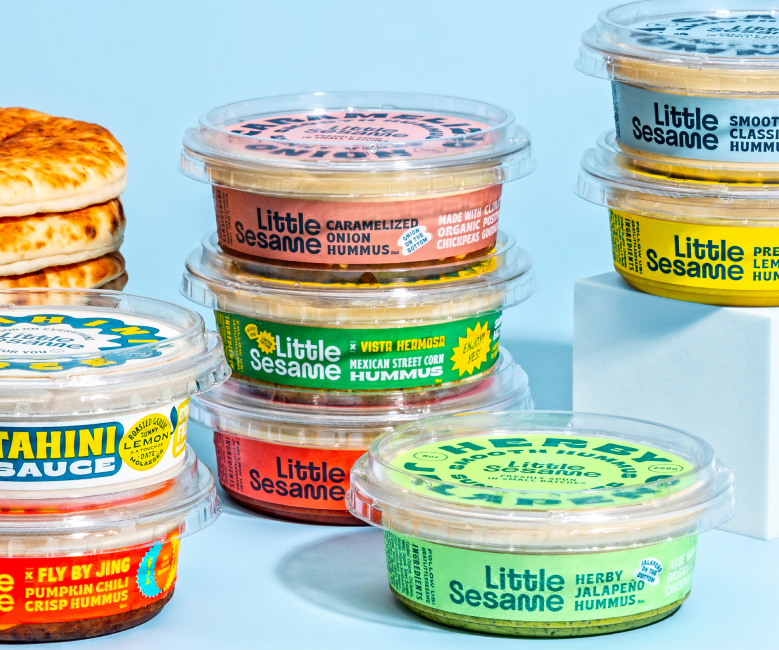
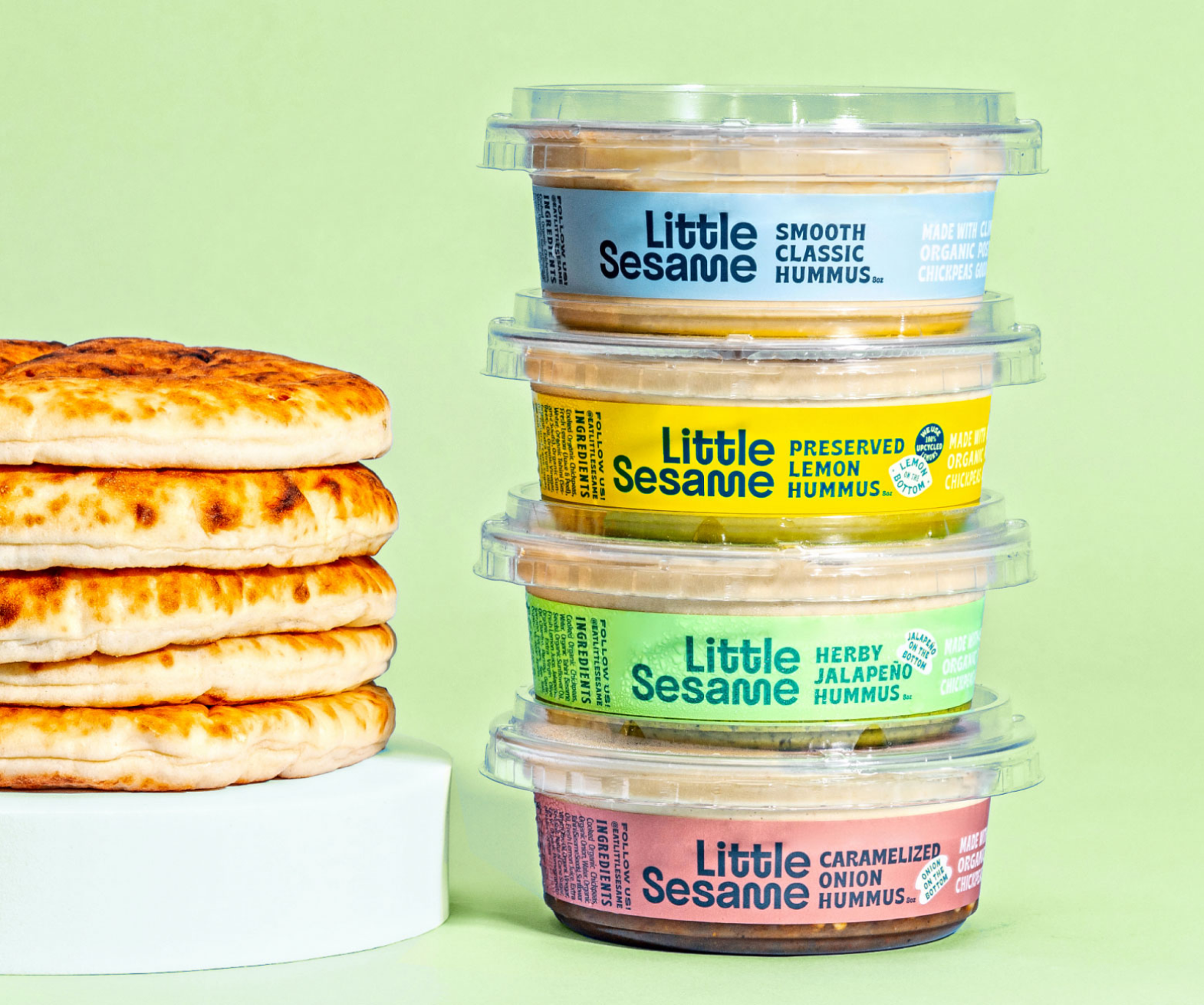
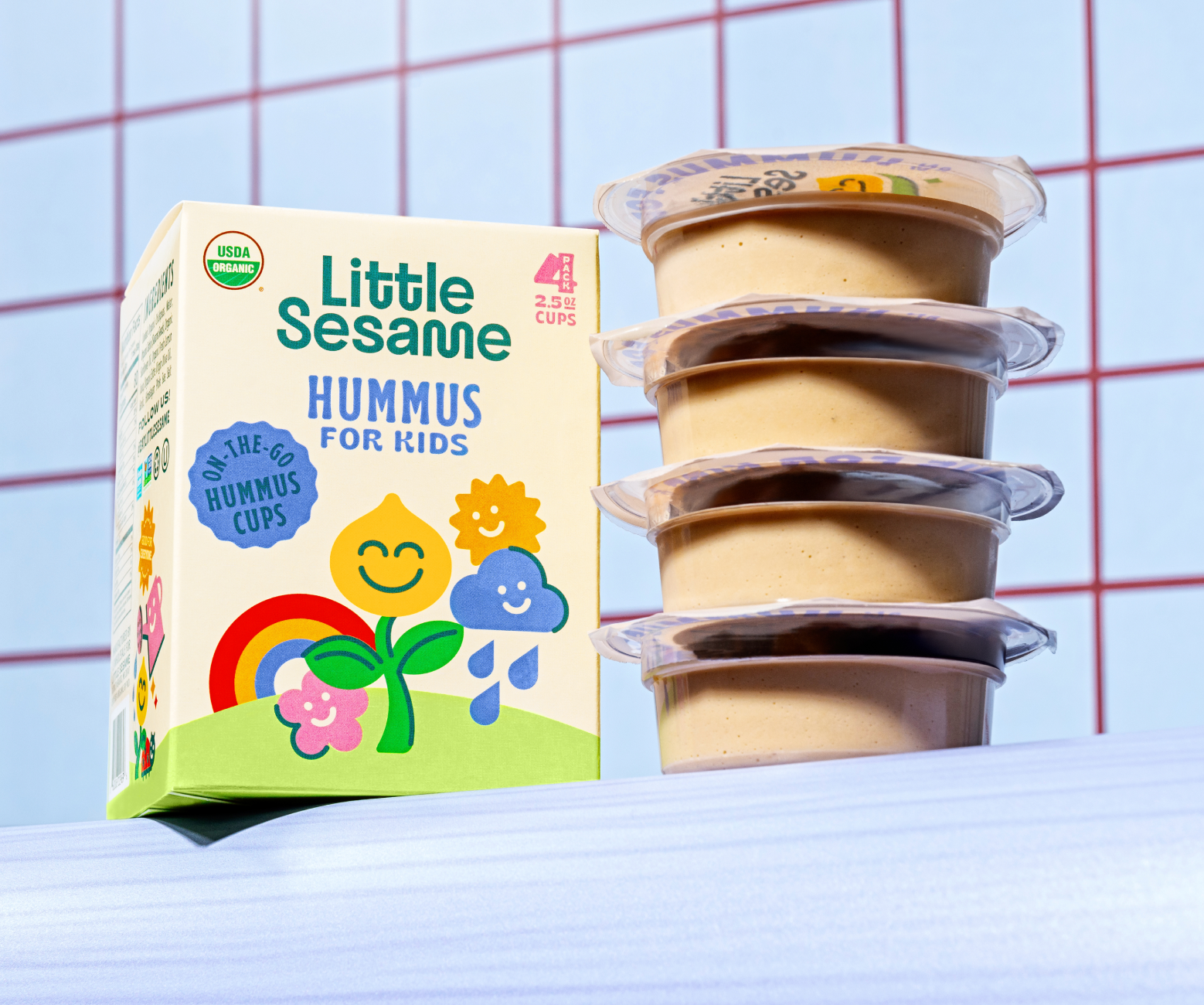
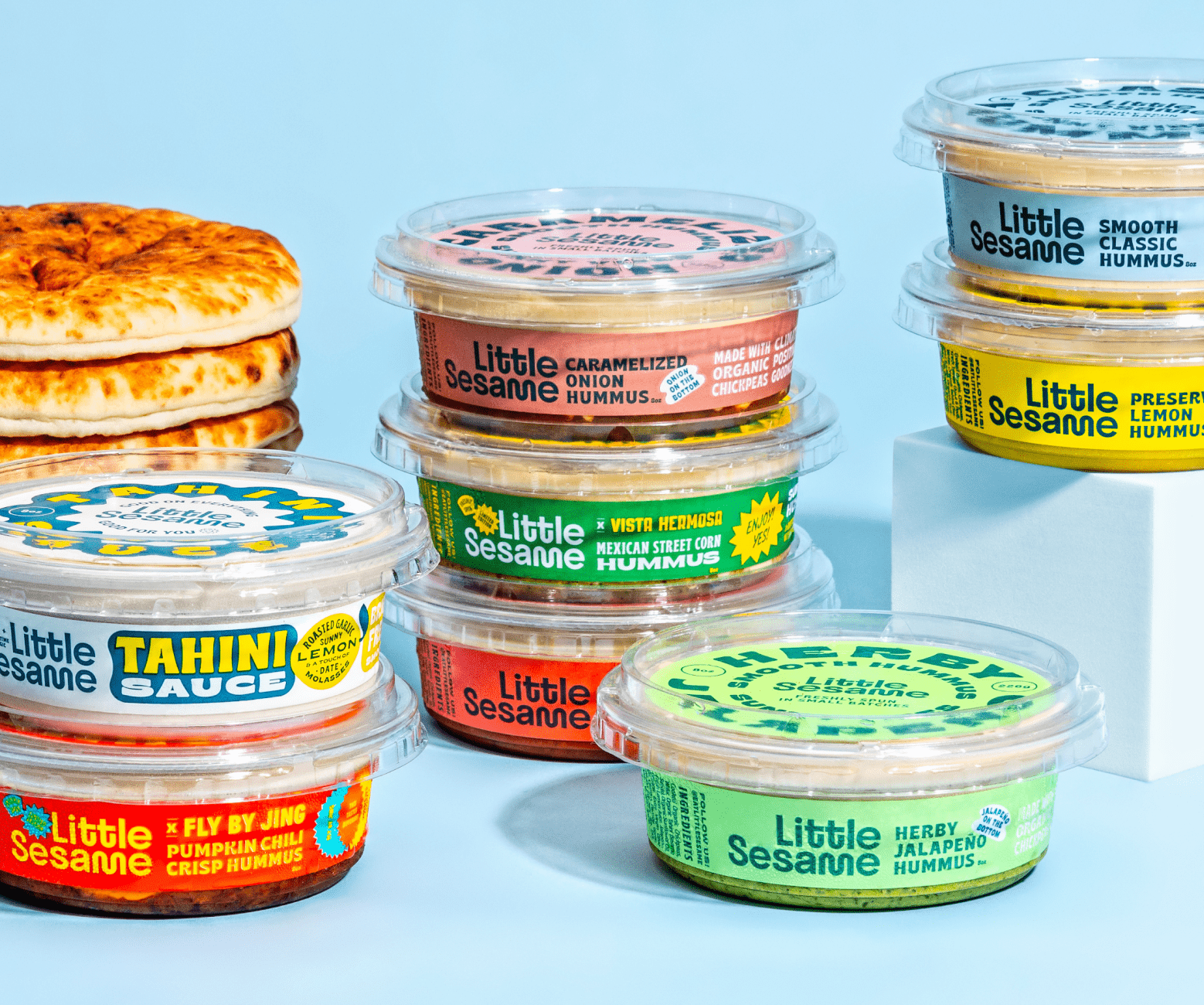
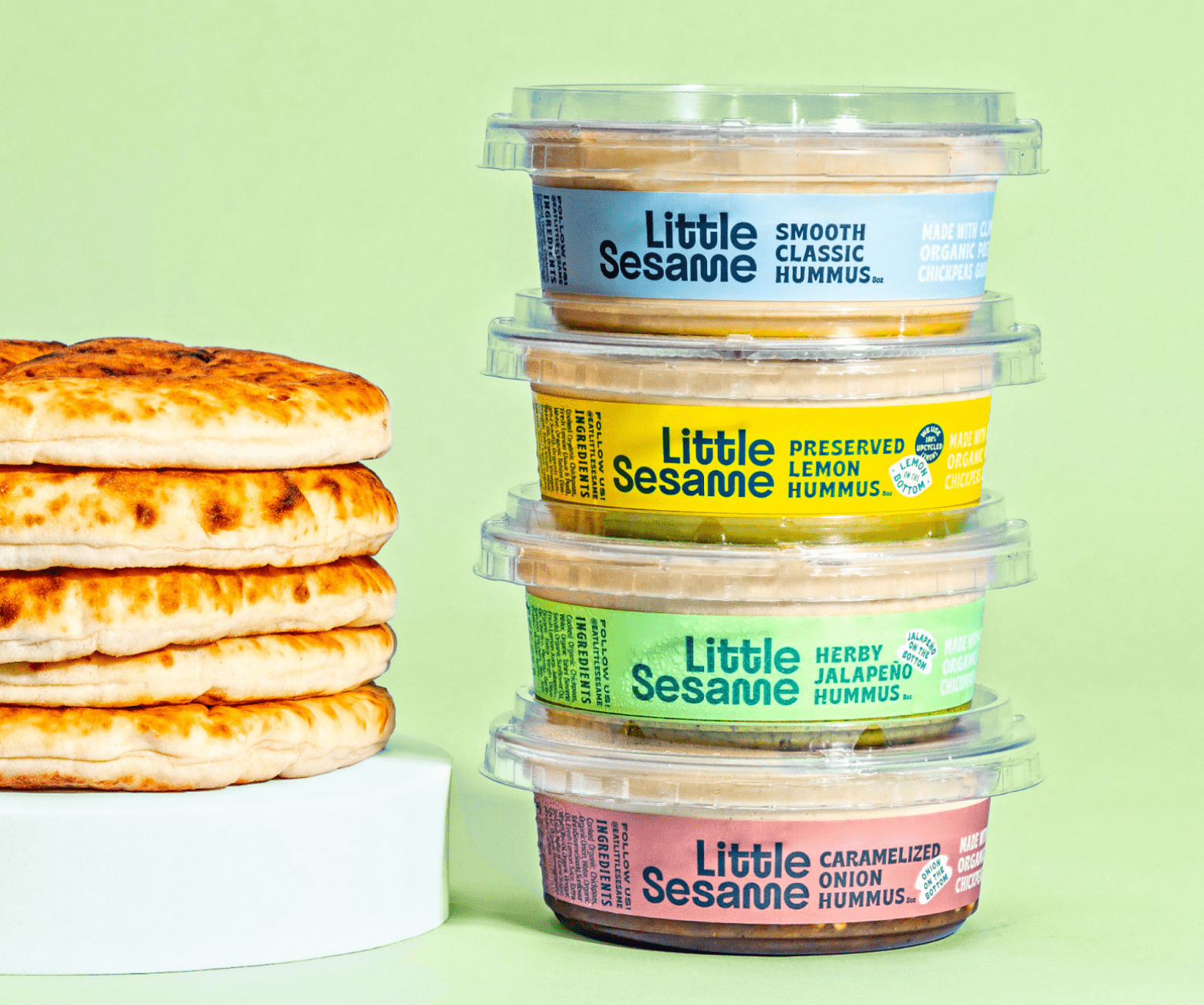
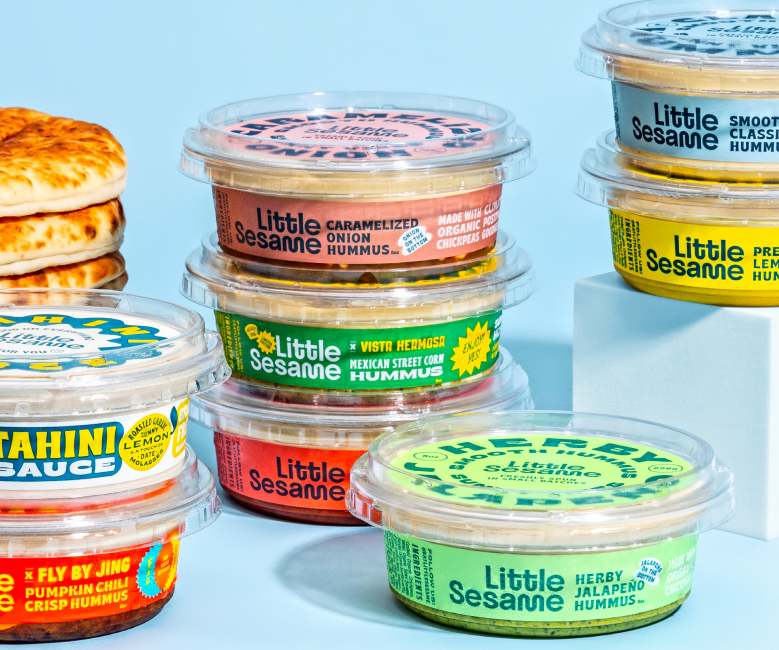

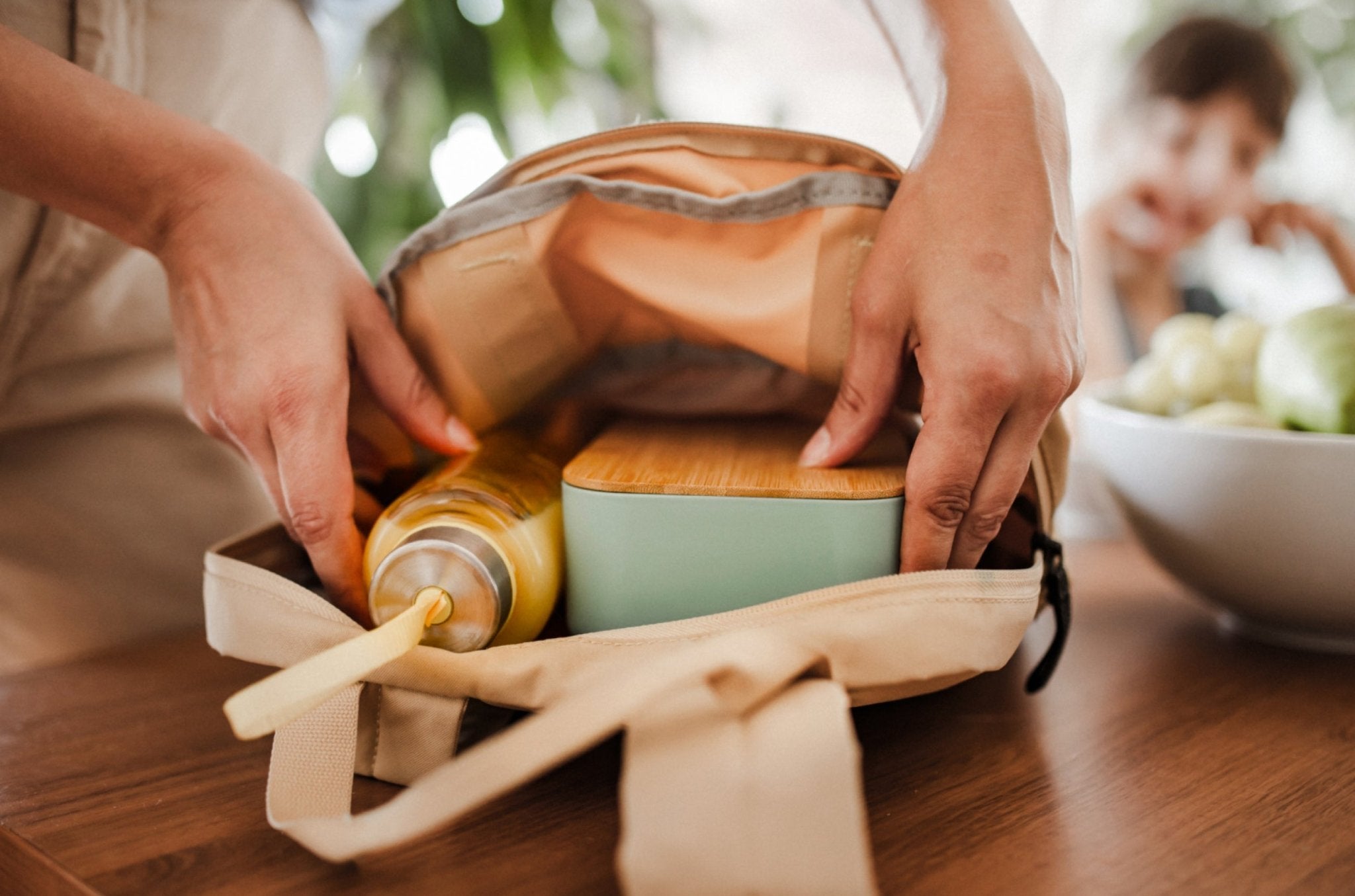
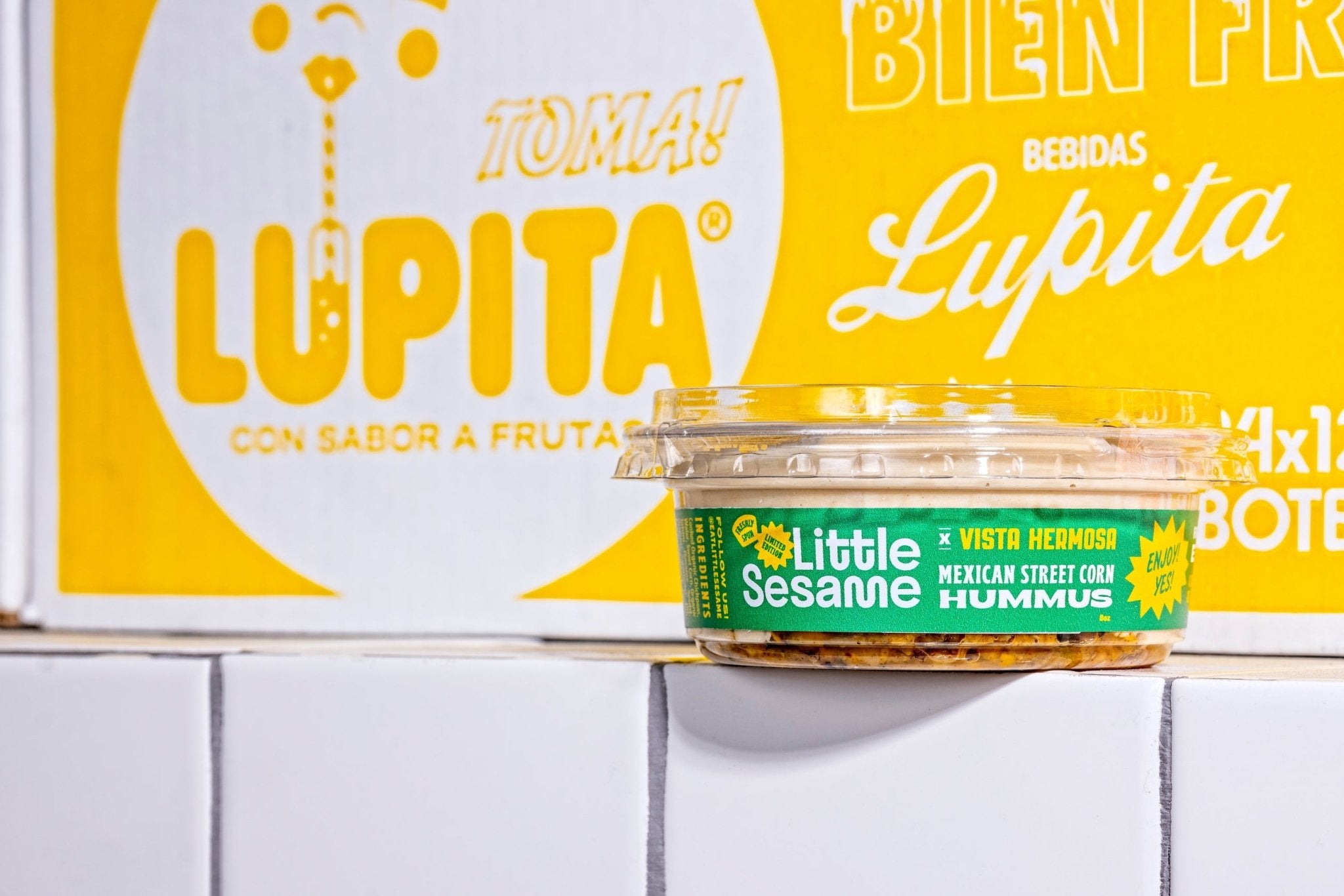
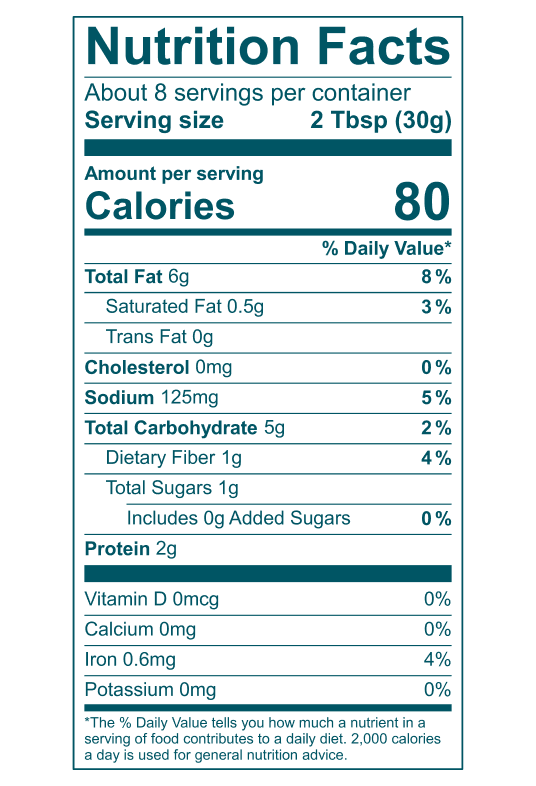
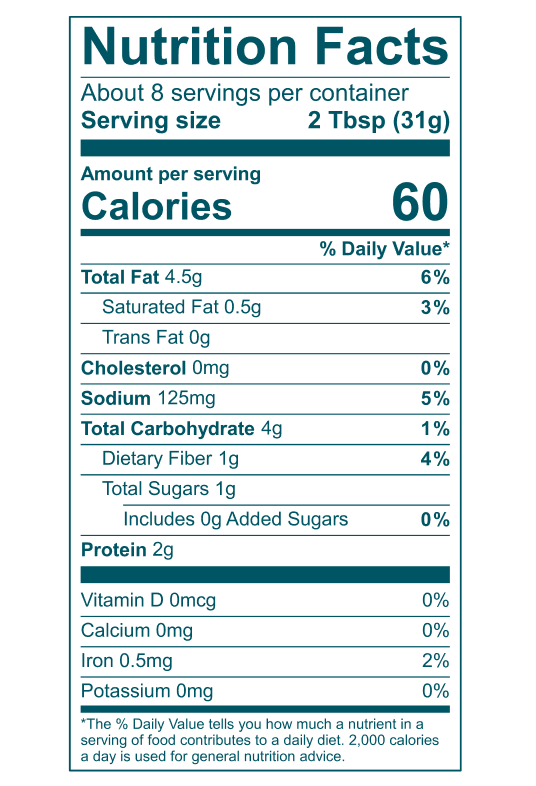
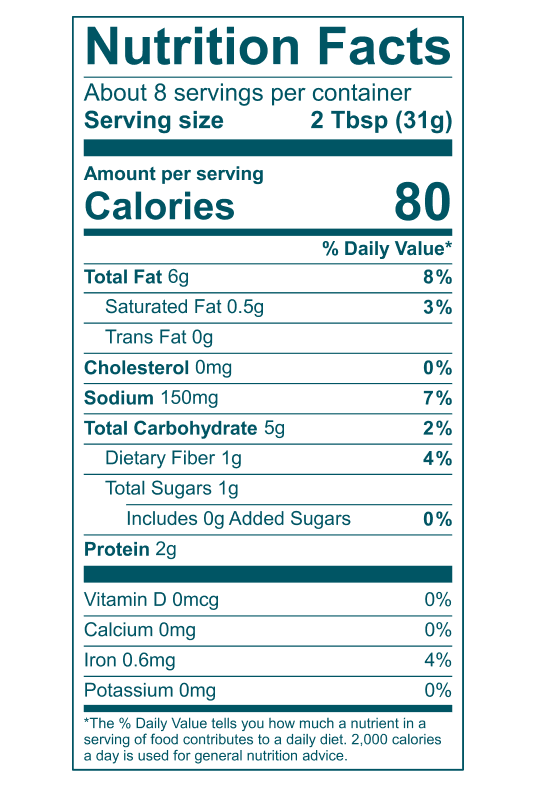
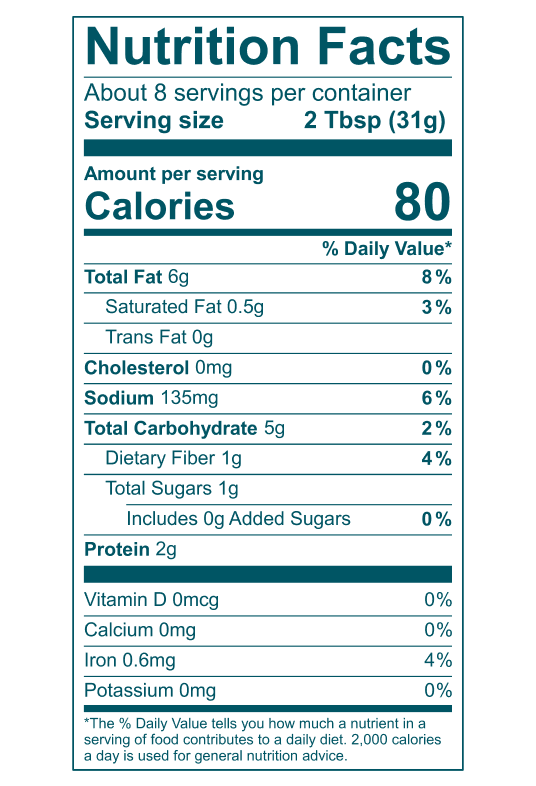
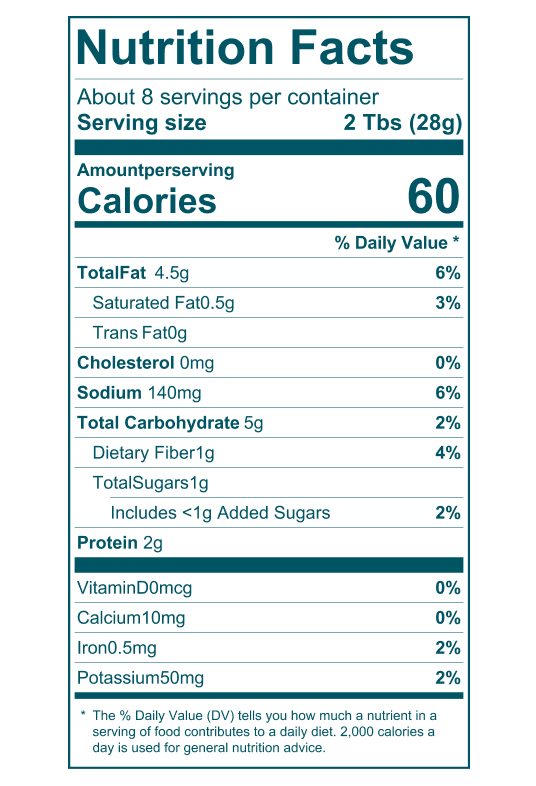
Leave a comment
This site is protected by hCaptcha and the hCaptcha Privacy Policy and Terms of Service apply.